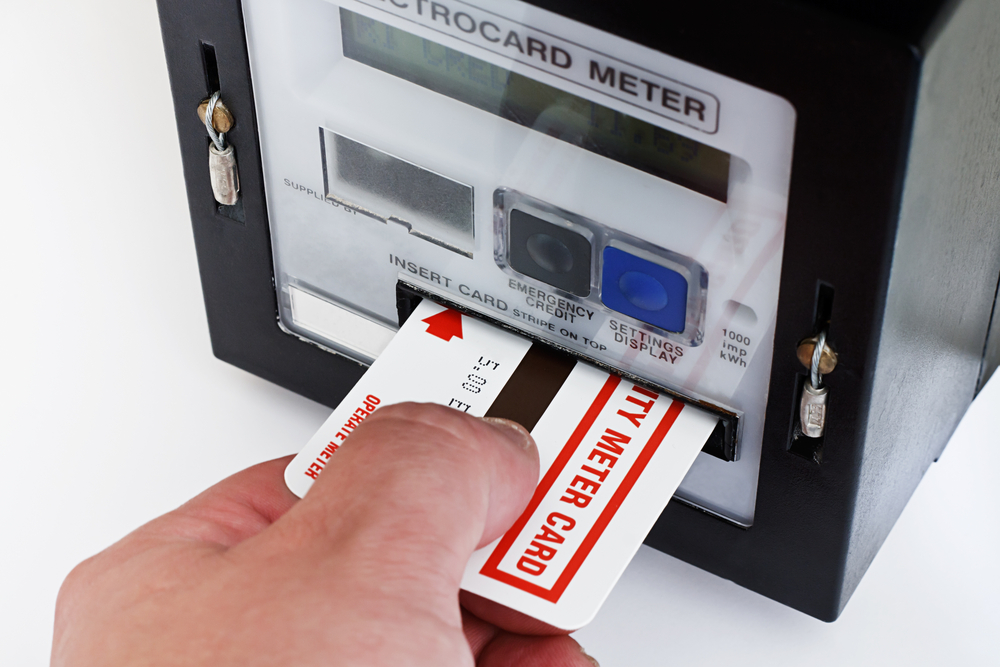Household Bills
Thousands forced onto pricey prepayment meters as self-disconnection fears rise

The number of households with a prepayment energy meter has risen for the first time since 2019, placing billpayers at increased risk this winter amid the cost-of-living crisis.
It puts thousands more people at risk of self-disconnection, when they can’t afford to top up a prepayment meter so don’t have any gas or electricity.
Households can be moved onto prepayment meters if they are in debt to their supplier, but they are usually more expensive than traditional meters where energy is paid for in advance.
The number of prepayment meters installed increased by 60,000 in the six months from October 2021 and according to Uswitch analysis, based on the current rate, it could mean an extra 10,000 meters being converted from standard to prepayment each month till the end of the year.
If this trend continues, the figure could rise to 100,000 in 12 months, according to data obtained from regulator Ofgem by the comparison site.
As such, it is urging the government to ensure that people with prepayment meters are considered the highest priority for additional help and support after April 2023.
This is the time when the Energy Price Guarantee, the support measure put in place to cap average bills at £2,500, is set to change and prices are predicted to rise.
The measure was first introduced by Liz Truss shortly after she became Prime Minister. It was then dramatically scaled back by Jeremy Hunt when he became Chancellor. It’s now expected to end after April 2023 – or only be available to those receiving benefits.
Reversing a long-term energy meter trend
The energy crisis which has seen energy bills rise significantly in the last year has put a huge strain on UK households.
Before prices began to rise, there had been a long-term trend for the numbers of prepayment meters falling.
The numbers installed fell for nine consecutive quarters from 2019, from a total of 7.8 million in the second quarter of that year, to 7.3 million in the third quarter of 2021.
But households on prepayment meters rose to 7.35 million in quarter four of 2021, and 7.38 in the first quarter of this year – an increase of almost 60,000 in six months.
Separate research from charity Citizens Advice predicted that half a million households could be moved onto prepayment meters by the end of the year. It warned those with one are set to spend an average of £258 more on their energy bills this winter.
Households moved onto prepayment meters
If someone falls behind on their energy bills, providers are allowed in some circumstances to move them onto a prepayment meter. But it has to be a last resort after talking to the customer and offering other options including a payment plan.
These meters work differently and those with one need to pay for their energy in advance, either online or at a local shop.
But the pay-as-you-go nature of these meters can push some into self-disconnecting if they can’t afford to buy more energy. Then even if someone isn’t paying for energy, they still need to pay daily standing charges which can build up. This means even when someone tops up their energy, this credit is often used to pay off any existing debts on the meter.
It costs around £50 a year more for a prepayment meter in standing charges when compared to a standard meter, according to Uswitch.
‘Households are becoming increasingly at risk this winter’
Richard Neudegg, director of regulation at Uswitch.com, said: “The rise of prepayment meter numbers is a worrying reversal of a trend after nine consecutive quarters falling – suggesting households are becoming increasingly at risk this winter.
“With energy prices set to rise again in April, this is a warning of things to come and we will most likely see more and more households moved to prepayment meters in the coming months and years.
“Families and individuals on prepayment meters will be plunged into darkness as they self-disconnect when they can’t afford to top up.
“We want the government to ensure that vulnerable consumers on prepayment meters are considered the higher priority for additional support beyond April 2023 when the Energy Price Guarantee changes.
“Anyone who is worried about paying their energy bills this winter should contact their energy supplier, who can offer advice and support.”
Related: See YourMoney.com’s Seven ways to get energy help this winter for more information.